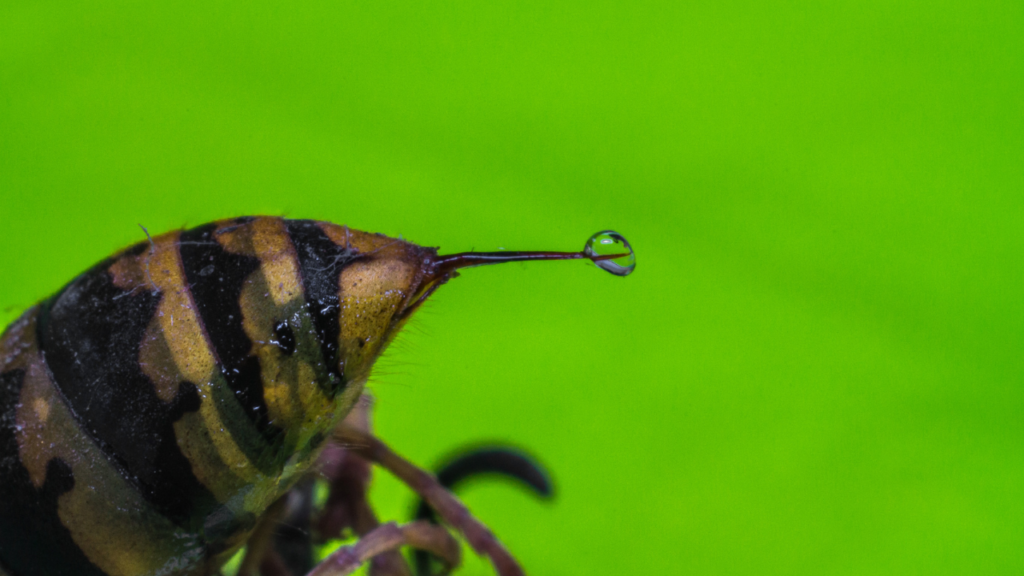The UK is home to a diverse array of fascinating creepy-crawlies. While most are harmless, there are a few insects and spiders that pack a painful punch. Let’s explore 10 of these intriguing creatures that you might want to admire from a safe distance.
1. False Widow Spider
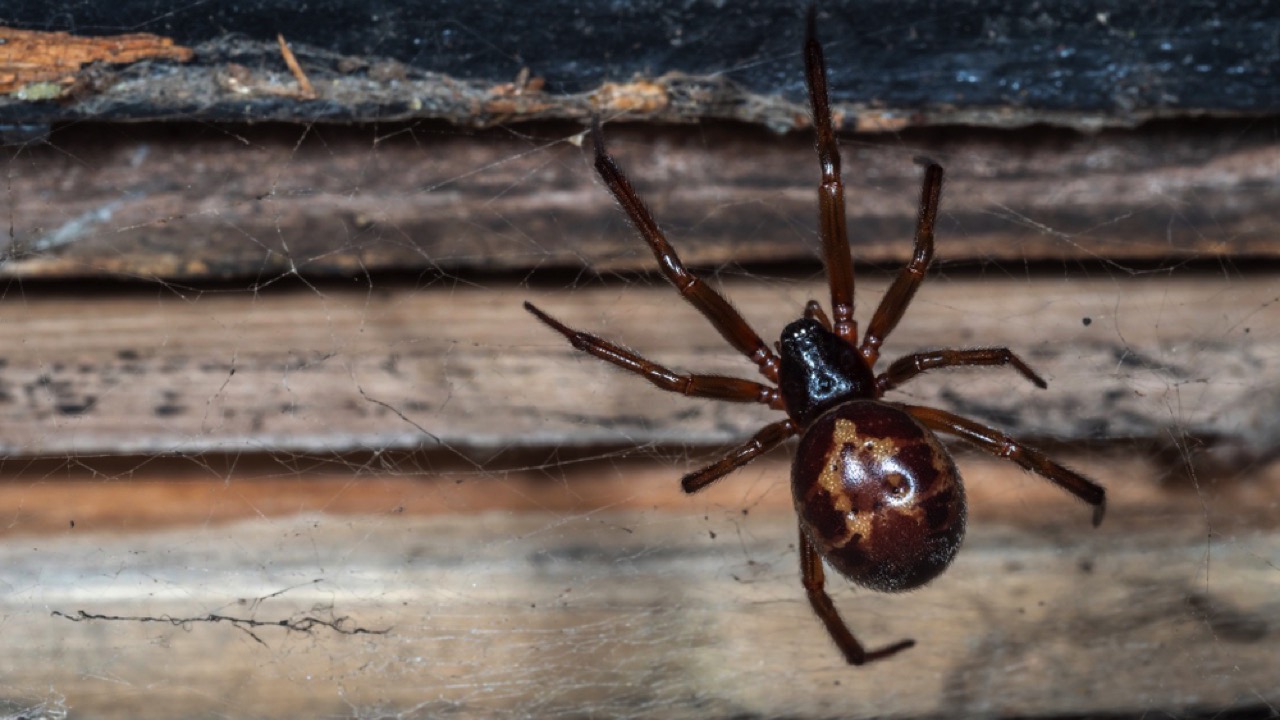
The false widow is the most poisonous spider in the UK. Its bite can cause pain, redness, and swelling similar to a wasp sting. While not deadly to humans, it’s best to steer clear of this spider’s striking black and white markings.
2. Horsefly

With razor-sharp jaws, horseflies slice open skin to lap up blood, making their bites particularly painful. These large, dark-colored flies are most active in summer and can chase you at speeds of around 15 mph. Ouch!
3. Bees and Wasps
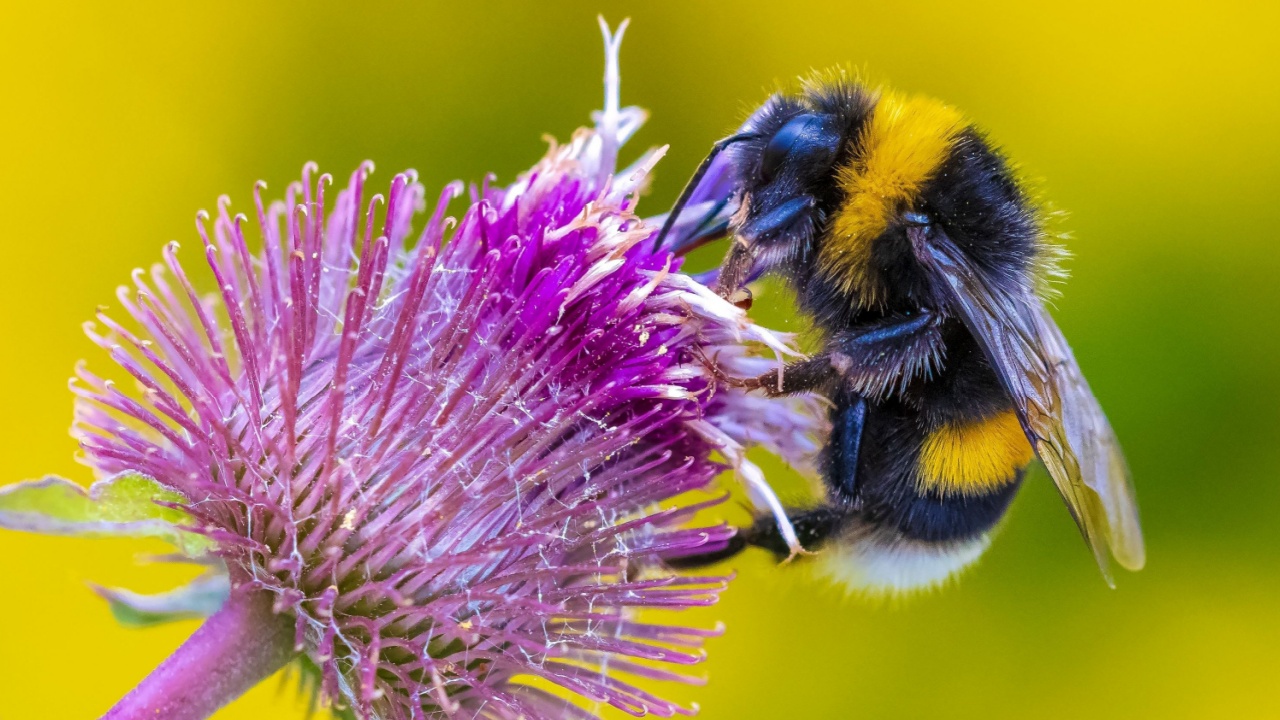
While bees and wasps play vital roles in our ecosystem, their stings can be painful and potentially dangerous for those with allergies. Wasps, in particular, can be aggressive when their nests are disturbed. If stung, remove the stinger and apply ice to reduce pain and swelling.
4. Ticks

Tiny, blood-sucking ticks can carry Lyme disease, a serious illness that affects the skin, joints, heart and nervous system. After outdoor adventures, always check for these sneaky hitchhikers and remove them promptly with tweezers.
5. Oak Processionary Moth
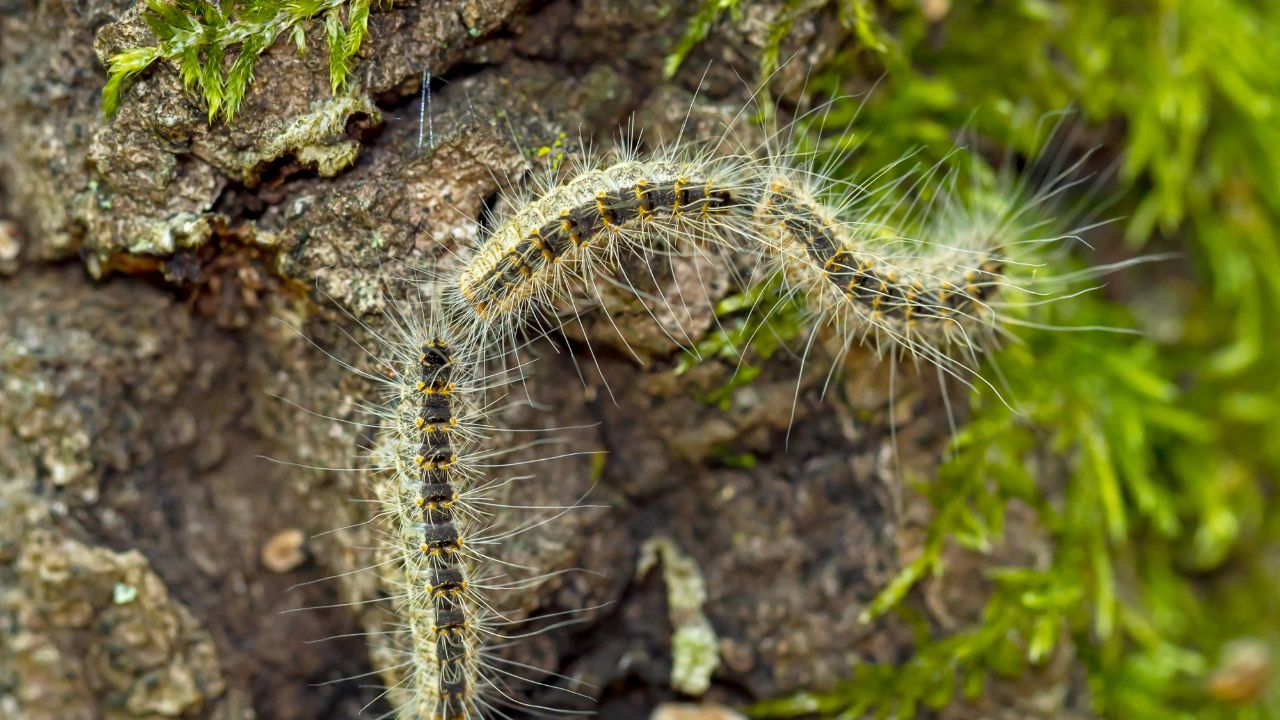
The hairs of oak processionary moth caterpillars contain a toxin that can cause skin rashes, eye irritation, and breathing difficulties. These caterpillars form distinctive nose-to-tail processions in oak trees during summer. Admire from afar!
6. Mosquitoes
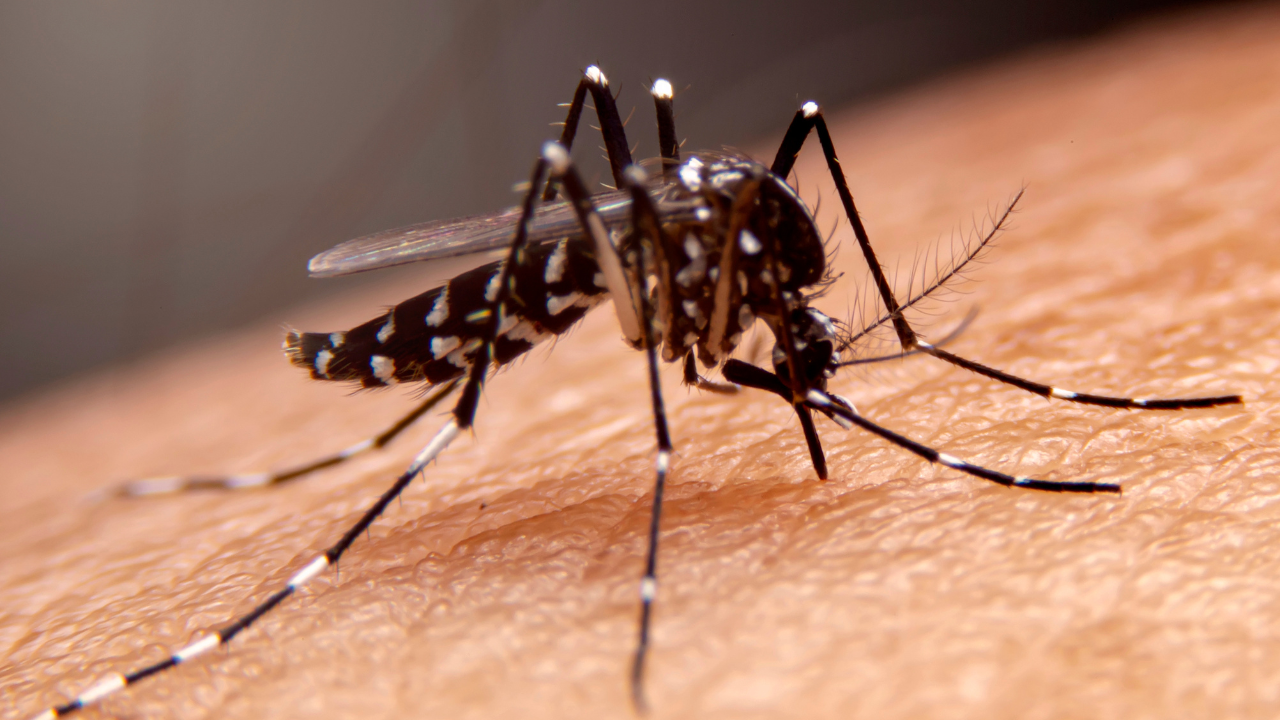
While UK mosquitoes don’t carry tropical diseases like malaria, their itchy bites can still be a nuisance. Females feed on blood to produce eggs, so you may want to invest in some repellent for those summer evenings outdoors.
7. Red Ants
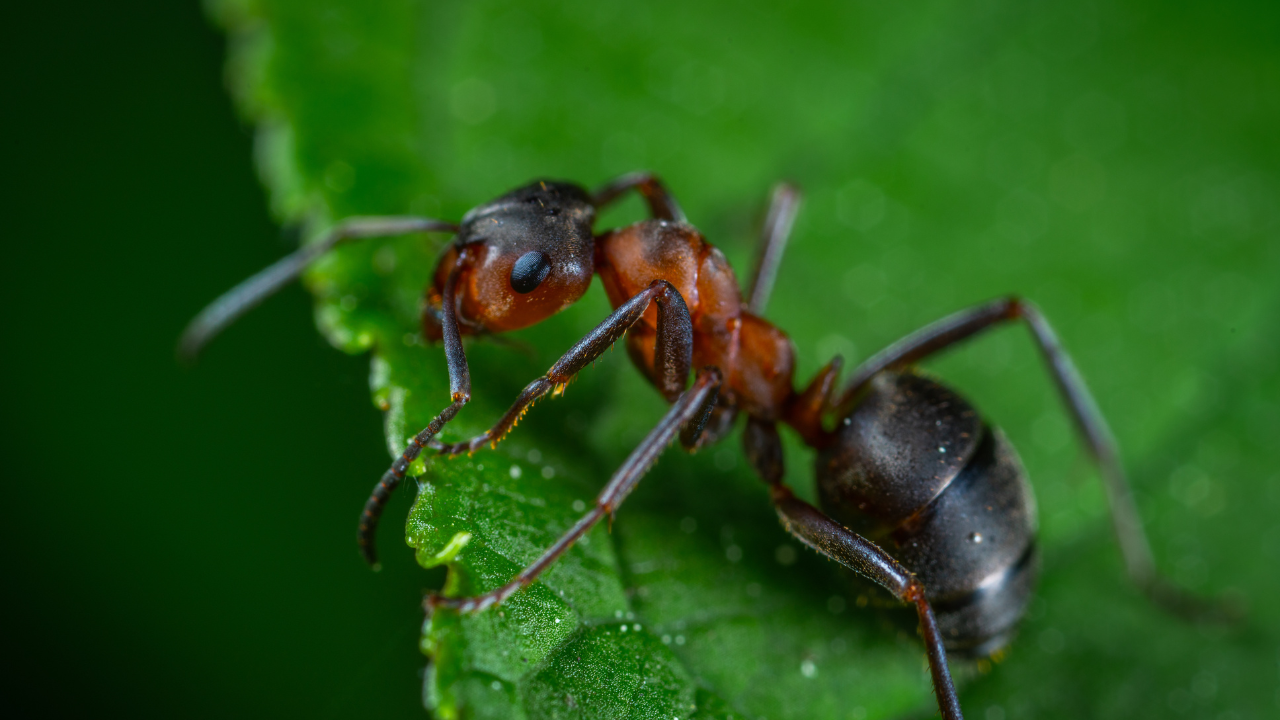
Red ants, or fire ants, deliver a sharp, painful sting when disturbed. Their nests often appear as small mounds of dirt. While not aggressive, it’s best to watch your step when in their territory.
8. Scorpion Fly

Don’t let the name fool you – scorpion flies can’t sting. However, males have a scorpion-like appendage that can give a painful nip if handled. These bizarre-looking insects have a beak-like projection and spotted wings. They’re generally harmless, but it’s best to appreciate their unique appearance from a distance.
9. Giant Woodwasp
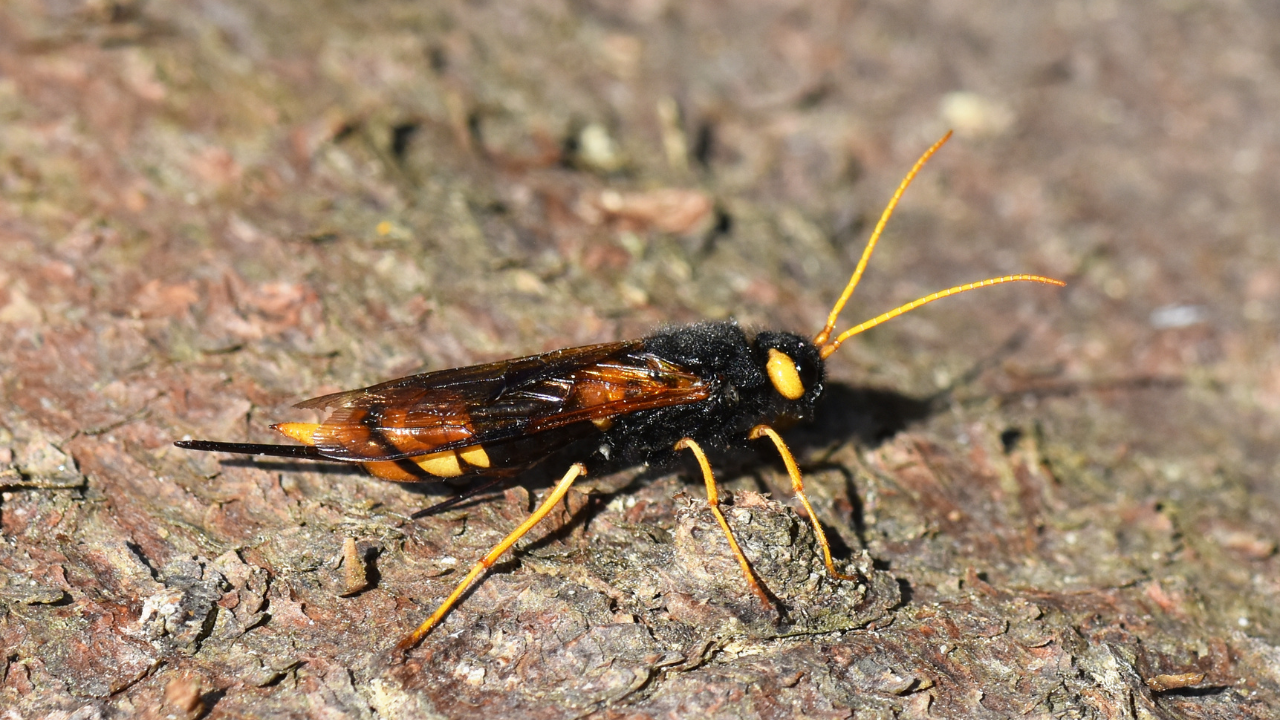
The giant woodwasp is an impressive insect, growing up to 45mm in length. Despite its size and wasp-like appearance, it doesn’t sting. However, females have a long ovipositor extending from their abdomen, which can drill into wood to lay eggs. While not a true stinger, it can still give a painful jab if mishandled.
10. Blandford Fly
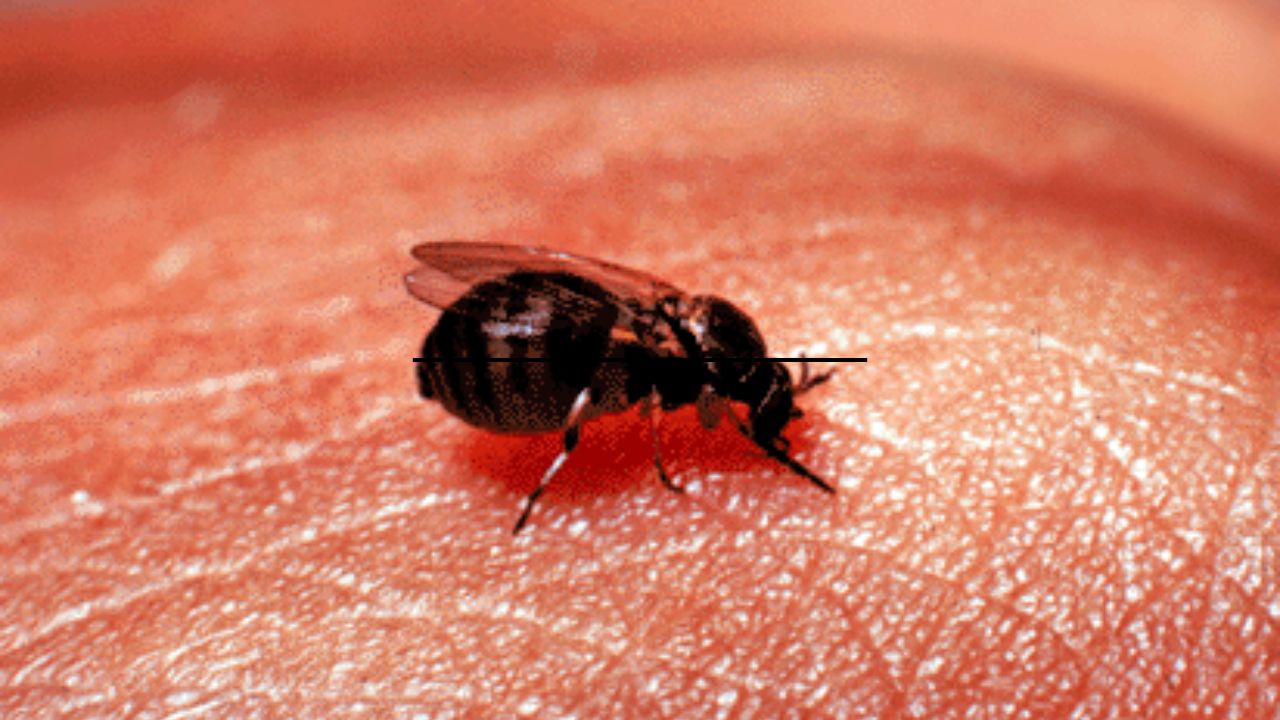
The Blandford fly, also known as the blackfly, is a tiny terror that packs a big punch. These small, dark flies are most active from May to July and are found near rivers and streams. Their bites can cause severe irritation, swelling, and blistering that can last for days.
In some cases, Blandford fly bites can even trigger a rare allergic reaction called “Blandford fly fever,” which causes flu-like symptoms such as headaches, joint pain, and swollen glands. While this reaction is uncommon, it’s important to seek medical attention if you experience these symptoms after being bitten.
Becky is a fervent wildlife enthusiast and pet care expert with a diploma in canine nutrition. Her love for animals stretches beyond the domestic, embracing the wild tapestry of global fauna. With over a decade of experience in animal welfare, Becky lends her expertise to OutlandishOwl through insightful articles, captivating wildlife information, and invaluable guidance on pet nutrition. Her work embodies a deep commitment to understanding the intricate lives of animals and a passion for educating others on sustaining natural habitats. Becky's hands-on conservation efforts and her knack for translating complex dietary science into practical pet feeding tips make her an indispensable voice for creatures great and small.

